This picture came about following my admiration of the renowned photojournalist David Burnett, whose career has covered seven decades and included coverage of the Vietnam War and who has worked for, amongst others, Time Magazine.
It was taken at a time when the iconic1940s/50s Graflex Speed Graphic 4”x5” camera was affordable to buyers in the UK when the exchange rate was very favourable – and these press cameras were seldom seen in this country before the advent of the Internet and a well-known auction site.
Mr Burnett had used an adapted Speed Graphic with a Second World War Kodak Aero Ektar lens that was designed for aerial reconnaissance cameras, a 178mm f/2.5 standard lens that had enough coverage for the 4”x5” negative. His sublime photos of the 2008 Beijing Olypmic Games made such an impression on me that I decided I really needed to get hold of this set-up.
The Speed Graphic camera was first produced by Graflex in Rochester, New York, in 1912 and production continued until 1973. It was a robust press camera with a mahogany body covered in leatherette and boasted a focal plane shutter which could run to 1/1000 second. It was the camera of choice for the well-known New York news photographer, Weegee (Arthur Fellig) in the 1940s and 50s. The Crown Graphic was a similar but lighter camera which eschewed the focal plane shutter and was dependent on the lens’s leaf shutter – the Speed Graphic could use either.
Having a focal plane shutter meant the camera could use a wide range of barrel lenses (without a shutter, such as the Aero Ektar) if they could be modified to fit the camera. I was fortunate to buy my Aero Ektar for a modest £33 online at the time (2007), though prices now are far, far higher. The lens is notorious for having radioactive lens elements – thorium oxide had been added to the glass to correct chromatic aberration. This resulted in the glass having a yellow tint which supposedly could have been eradicated by prolonged exposure to UV light in sunlight – though the UK’s largely dull and overcast climate wasn’t conducive to this.
I bought a specially designed lens panel from Jo Lommen in the Netherlands to enable me to fit the Aero Ektar to my camera, a 1940s Pacemaker Speed Graphic. My working life started in the regional press in the 1980s, and I loved the stories from my old boss, David Ireland, about his early days using the Van Neck (VN) press camera which used 9x12cm glass plates and relied on estimated focusing – the Graflex had a built in coupled rangefinder, though it was very difficult to match it to the Aero Ektar, try as I might.
This led me to using the ground glass and focusing using that method. The picture in question was of the lead singer of a punk band called Zero Hour and was taken on peel-apart Polaroid Type 55 film which produced an instant positive photo and a negative, though it had to be handled with care and stabilised in a sodium sulphite solution.
The film, which ceased production in 2009, was rated at 32 ISO and required the picture to be taken on a tripod, using the camera’s ground glass for critical focussing and also the camera’s slowest shutter speed of 1/25th second with the lens wide open at f/2.5, with an extremely shallow depth of field.
Fortunately, the stars seemed to align that day and I managed to nail the focusing and get the exposure about right and avoid camera shake. I subsequently scanned the negative on my Epson 4990 flatbed scanner.
A year or two later I swapped the Speed Graphic and Aero Ektar for a British MPP Mk8 technical camera from the 1950s – I think the other chap got the better deal!
Thanks for reading – you can see more photos on my Flickr site.
Share this post:
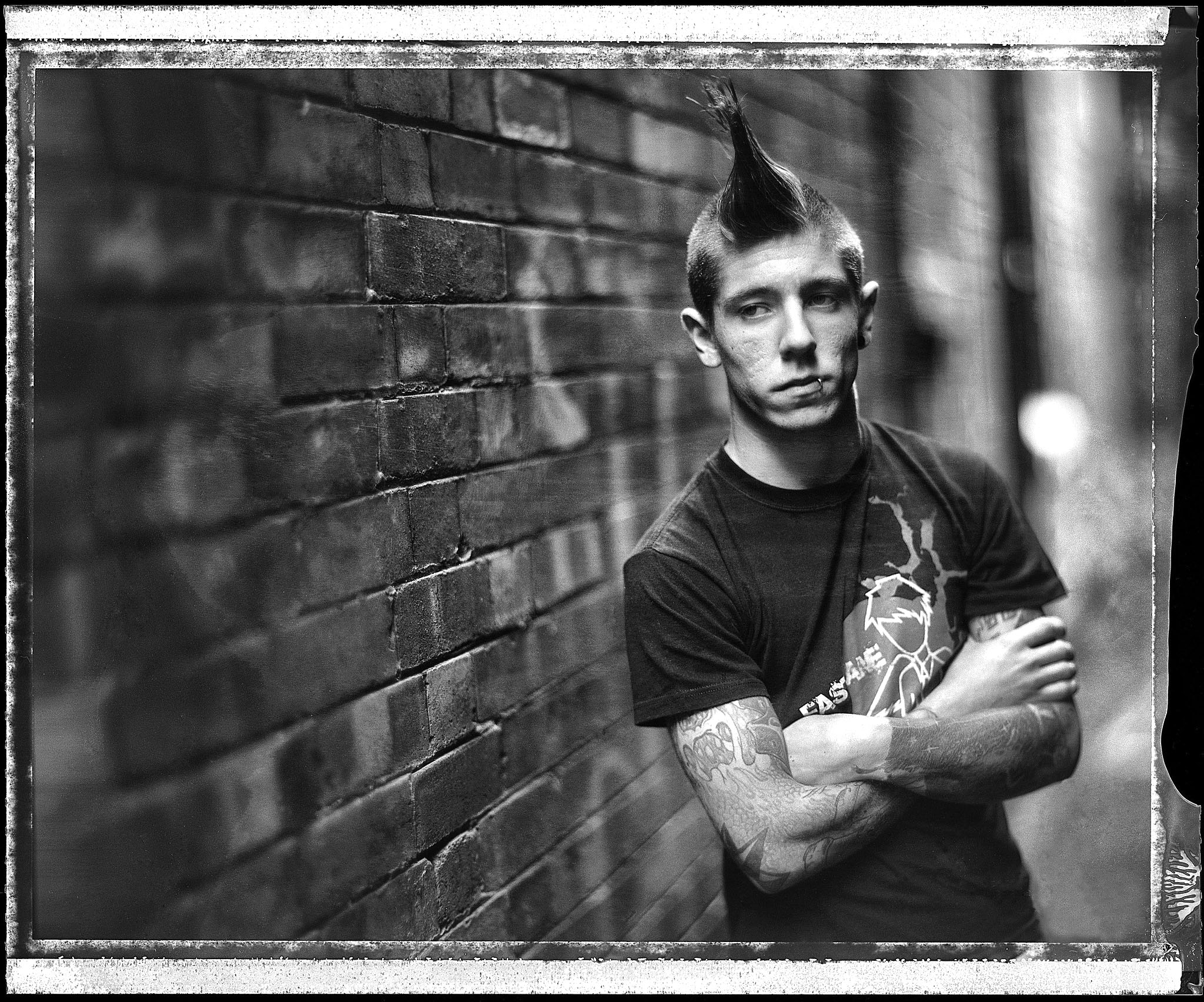
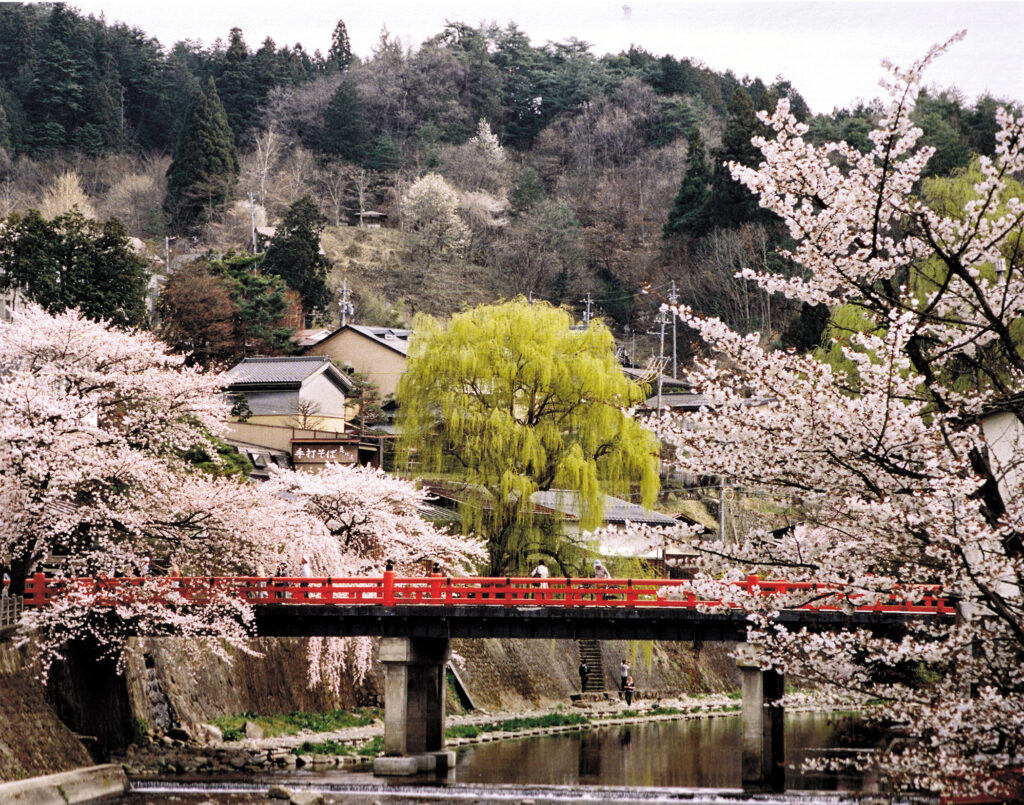
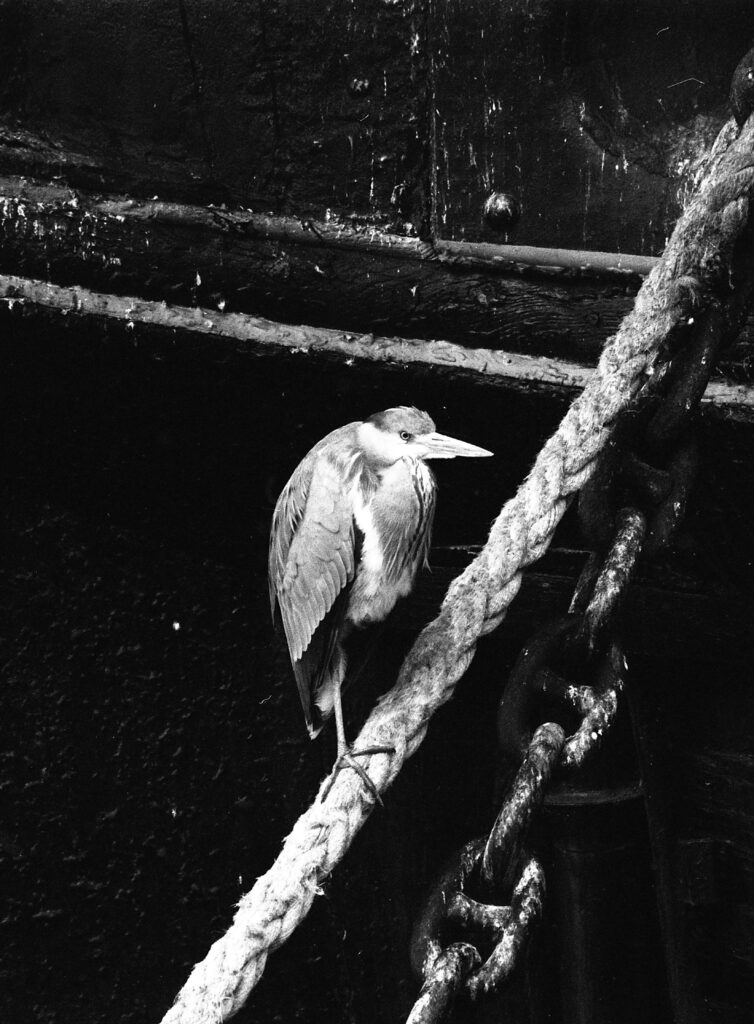
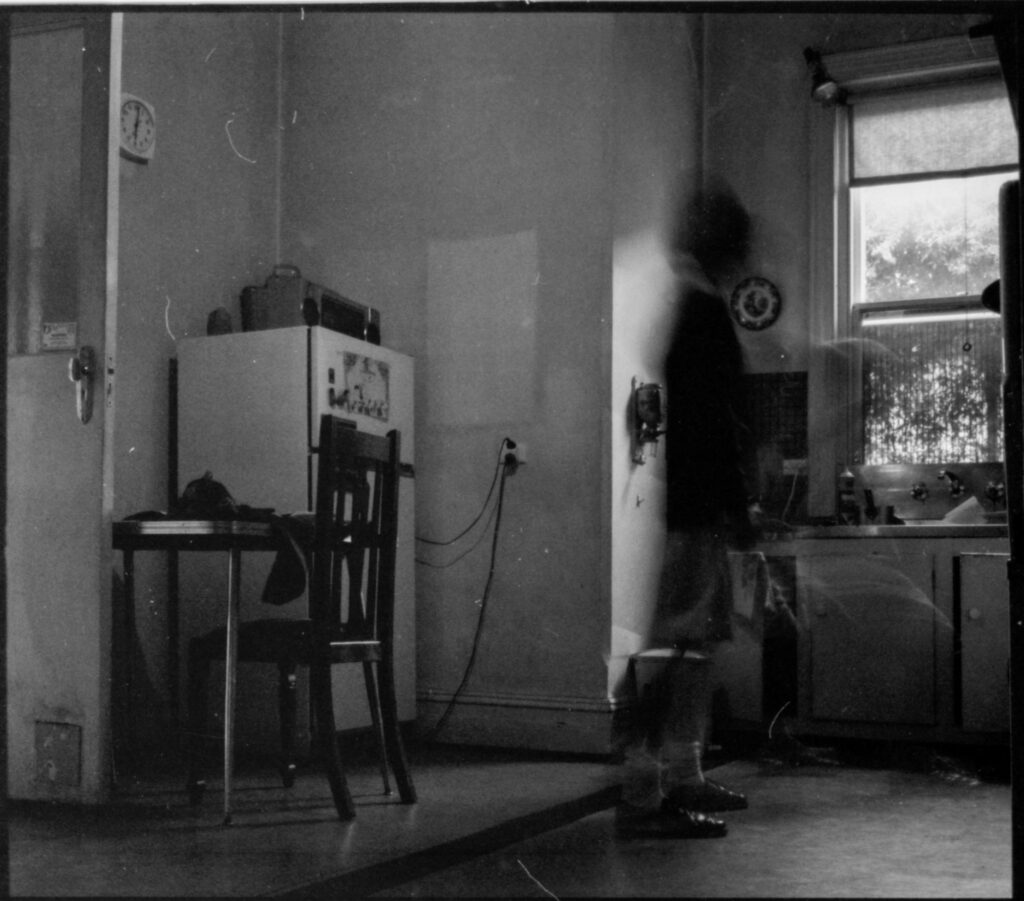
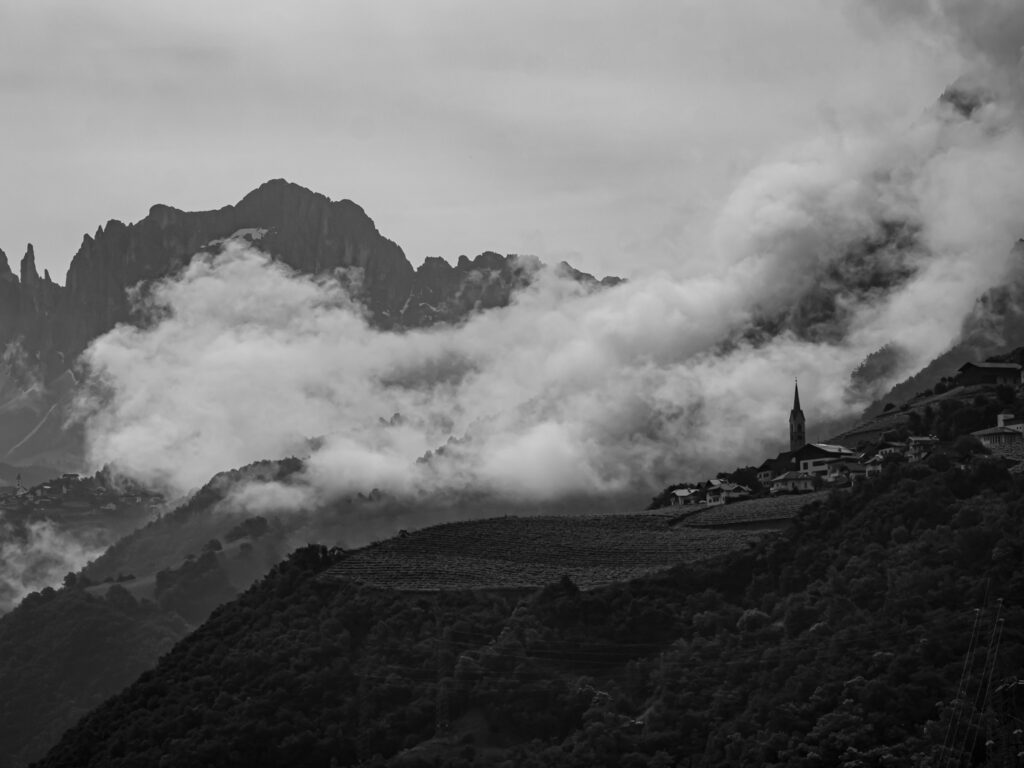




Comments
Rollin on Polaroid Punk – a One Shot Story
Comment posted: 02/12/2024
Comment posted: 02/12/2024
Comment posted: 02/12/2024
Bradley Newman on Polaroid Punk – a One Shot Story
Comment posted: 02/12/2024
Comment posted: 02/12/2024
Jeffery Luhn on Polaroid Punk – a One Shot Story
Comment posted: 02/12/2024
Great portrait!
I was a big fan of the Polaroid P/N film. I recall rating it at ASA 50. Was your emulsion a faster one, or is my memory wrong? Anyway, it was a fine grain negative with a very thin base, making it problematic for enlarging with a tungsten bulb. I had several enlargers and the cold light head was perfect for Polaroid P/N.
Comment posted: 02/12/2024
Comment posted: 02/12/2024
Comment posted: 02/12/2024
ARTHUR W GOTTSCHALK on Polaroid Punk – a One Shot Story
Comment posted: 03/12/2024
Comment posted: 03/12/2024
Louis Sousa on Polaroid Punk – a One Shot Story
Comment posted: 03/12/2024
Comment posted: 03/12/2024
Art Meripol on Polaroid Punk – a One Shot Story
Comment posted: 03/12/2024
Comment posted: 03/12/2024
Alexander Seidler on Polaroid Punk – a One Shot Story
Comment posted: 04/12/2024
Comment posted: 04/12/2024
Hannah Gimblett on Polaroid Punk – a One Shot Story
Comment posted: 05/12/2024
Thank you for sharing.
Comment posted: 05/12/2024